Energy-Efficient Appliances
Save on energy bills with ENERGY STAR® certified appliances.
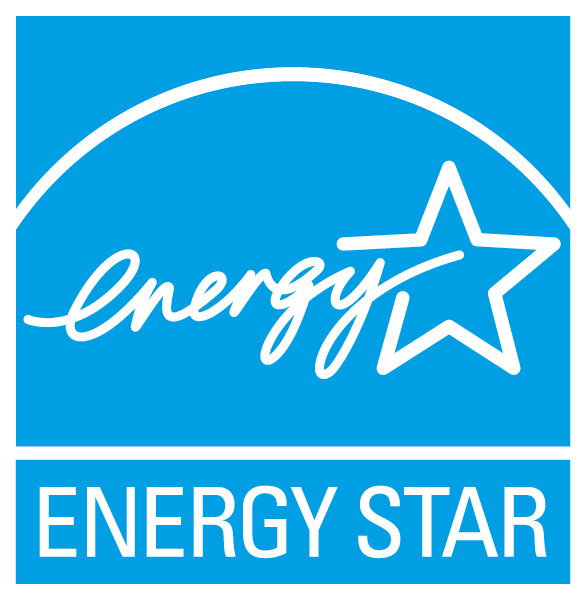

Energy-Efficient Appliances
Save on energy bills with ENERGY STAR® certified appliances.
Visit Participating Retailers for Instant Discounts on ENERGY STAR Certified Appliances
Program Overview
Discounts
Appliance Saving Tips
Find a Retailer
Program Overview
Appliances can account for 12%* of your home’s energy costs which is why Potomac Edison offers instant discounts for customers that purchase qualifying ENERGY STAR certified models.
Investing in energy-efficient options will save you money on bills month after month. Check out our current instant discount opportunities and learn more about how upgrading to ENERGY STAR certified appliances will make your home more energy efficient.
*Source: energystar.gov
Discounts
Instant In-Store Discounts on Appliances
Instant discounts are savings that have already been applied to the purchase price of the appliance. There are no rebate forms to fill out or coupons to clip. Simply purchase an ENERGY STAR certified product listed below from a participating retailer and the purchase price will reflect the discount. You don’t have to do anything else.
Instant discounts on the following ENERGY STAR certified products are available at participating Lowe’s and The Home Depot in the Potomac Edison – Maryland service territory (except where noted). Instant discounts are valid on qualified in-store purchases only between May 1, 2024 and December 31, 2026.
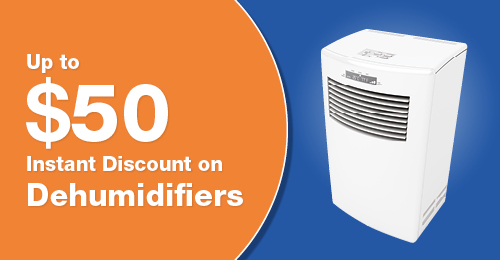
Save Up to $50 on Dehumidifiers: Invest in ENERGY STAR certified dehumidifiers and use nearly 13% less energy than standard models. That kind of savings could power your refrigerator for 2 full months!*
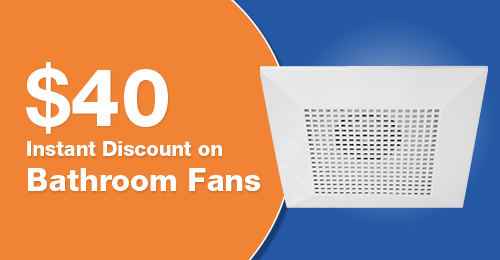
Save $40 on Bathroom Fans: ENERGY STAR certified bathroom fans use about 50% less energy than standard models. They provide better efficiency and comfort with less noise.*

Save $35 on Dishwashers: ENERGY STAR certified dishwashers reduce energy and can save you about 5,800 gallons of water over its lifetime.* (This discount is only available at The Home Depot.)
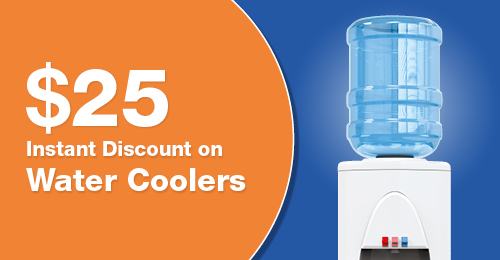
Save $25 on Water Coolers: ENERGY STAR certified water coolers use about 22% less energy than conventional models. That’s a $95 difference over the life of the product.*
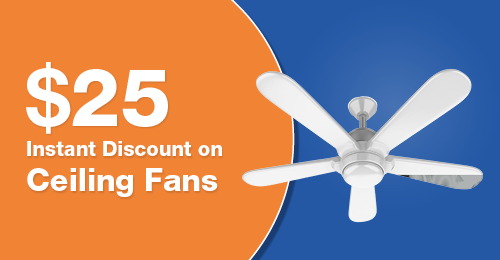
Save $25 on Ceiling Fans: ENERGY STAR certified ceiling fans are 60% more efficient than conventional fans and save you $180 in energy costs over the life of the product.*

Save $35 on Beverage Coolers: ENERGY STAR certified beverage coolers are up to 20% more efficient than standard models.*
(The discount is only available at The Home Depot and Bray & Scarff.)
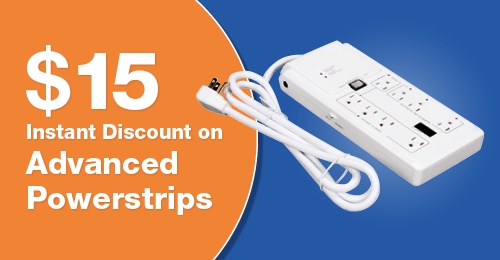
Save $15 on Advanced Power Strips: ENERGY STAR certified models help reduce energy costs by completely disconnecting the power supply from the power source, eliminating standby power consumption.
(This discount is only available at select Goodwill, Ace Hardware, True Value and Habitat for Humanity ReStores in the Potomac Edison – MD service territory.)
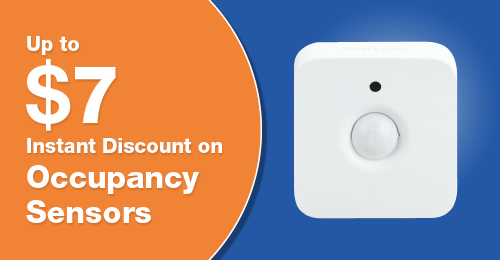
Save $7 on Occupancy Sensors: ENERGY STAR certified occupancy sensors can reduce energy waste by as much as 68% and increase energy savings by as much as 60%.*
(This discount is only available at Lowe’s.)
*Source: energystar.gov
Appliance Saving Tips

Refrigerators:
At 9% more efficient you’ll save more than $200 over the lifetime of an ENERGY STAR certified refrigerator.*
Buyer Tip: The most energy efficient models are typically 16-20 cubic feet. Keep that in mind when looking at size.
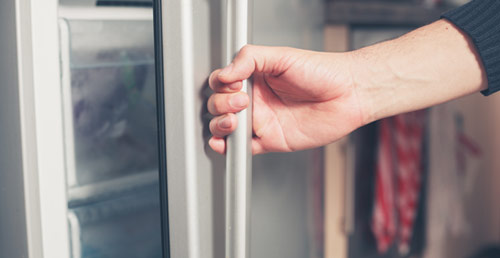
Freezers:
Replacing your old freezer with one that has earned the ENERGY STAR rating can save you $195 over the next 5 years.*
Buyer Tip: Chest freezers typically offer more space and use less energy because the door opens from the top and less cold air escapes.
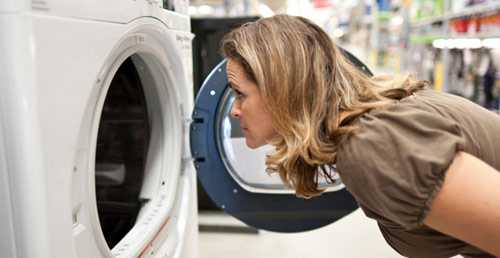
Clothes Washers:
ENERGY STAR certified clothes washers use about 25% less energy and 33% less water than regular washers because of features like temperature and water level control, presoaking, and high-speed cycles.*
Buyer Tip: These features not only save energy but help you save on water costs as well.
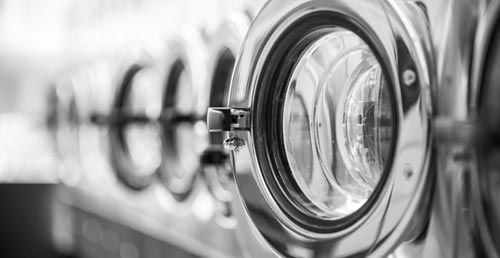
Clothes Dryers:
ENERGY STAR certified dryers use 20% less energy and save you $215 in lifetime energy costs.*
Buyer Tip: Moisture sensors and automatic cycle termination keep your dryer from running unnecessarily.
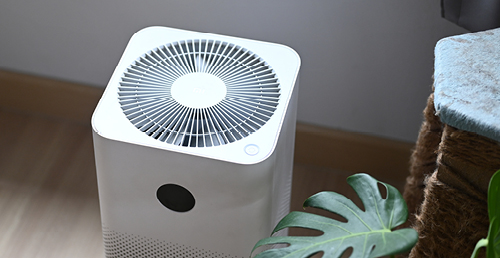
Air Purifiers:
At 60% more efficient than standard models that translates to saving over 500kWh and $60 per year on utility bills. Those savings can add up to $490 over its lifetime!*
Buyer Tip: Size and placement make a difference in optimum performance of air purifiers!
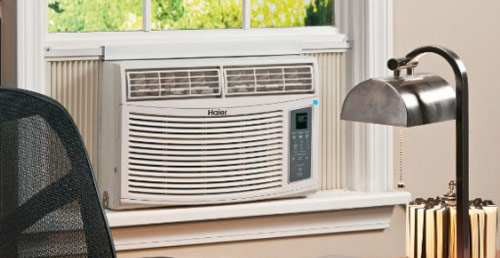
Room Air Conditioners:
ENERGY STAR certified room air conditioners use 10% less energy and, on average, cost less than $75 per year to run.*
Buyer Tip: Want automation? Some models offer remote on/off, scheduled temperature changes and energy use monitoring.

Electrical Vehicle (EV) Chargers:
ENERGY STAR EV chargers use approximately 40% less energy than standard models when in stand-by mode.*
Buyer Tip: Do you know what type of charger you need? Vehicles that drive less than 40 miles per day or that have a plug-in hybrid car can typically use a Level 1 charger. Vehicles that drive more than 40 miles per day or are a fully electrical vehicle typically need a Level 2 charger. Level 2 chargers are on average 10% more efficient than Level 1 chargers.
*Source: energystar.gov
Find a Retailer
Select product category or use the search box:
* Potomac Edison – MD is not affiliated with any of the appliance retailers listed under this program and makes no promise, warranty or representation regarding the work or products provided by such retailers.
